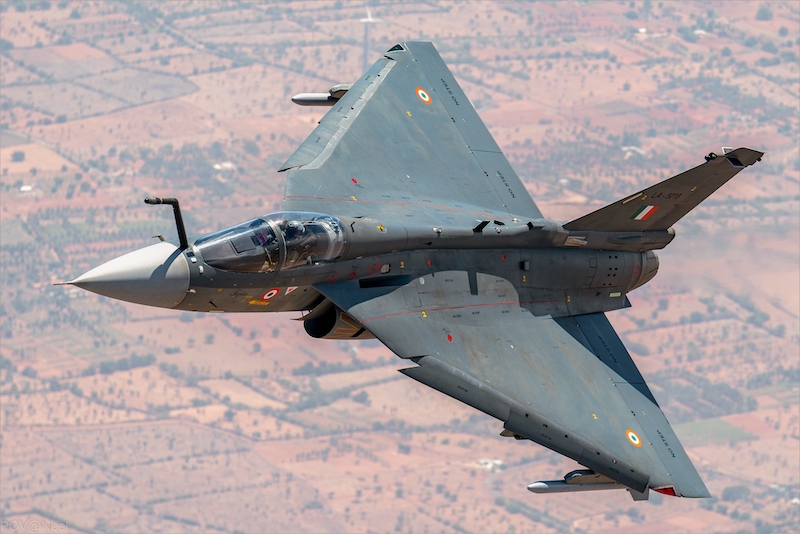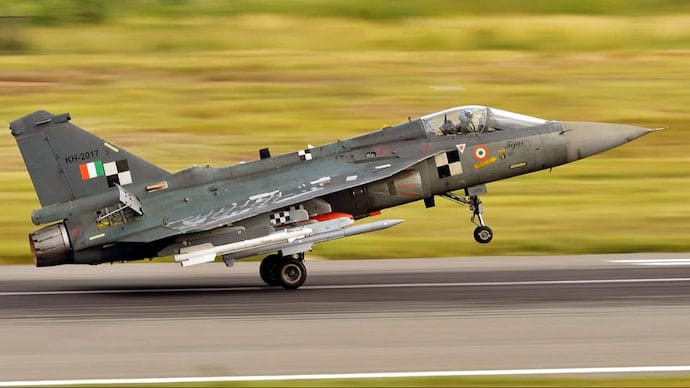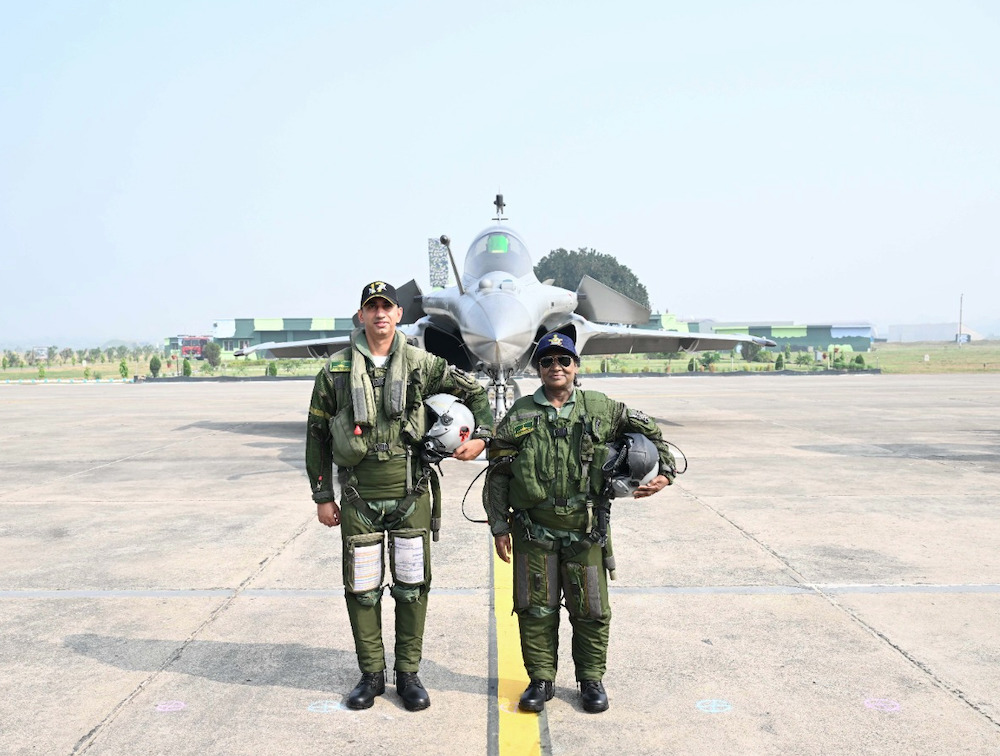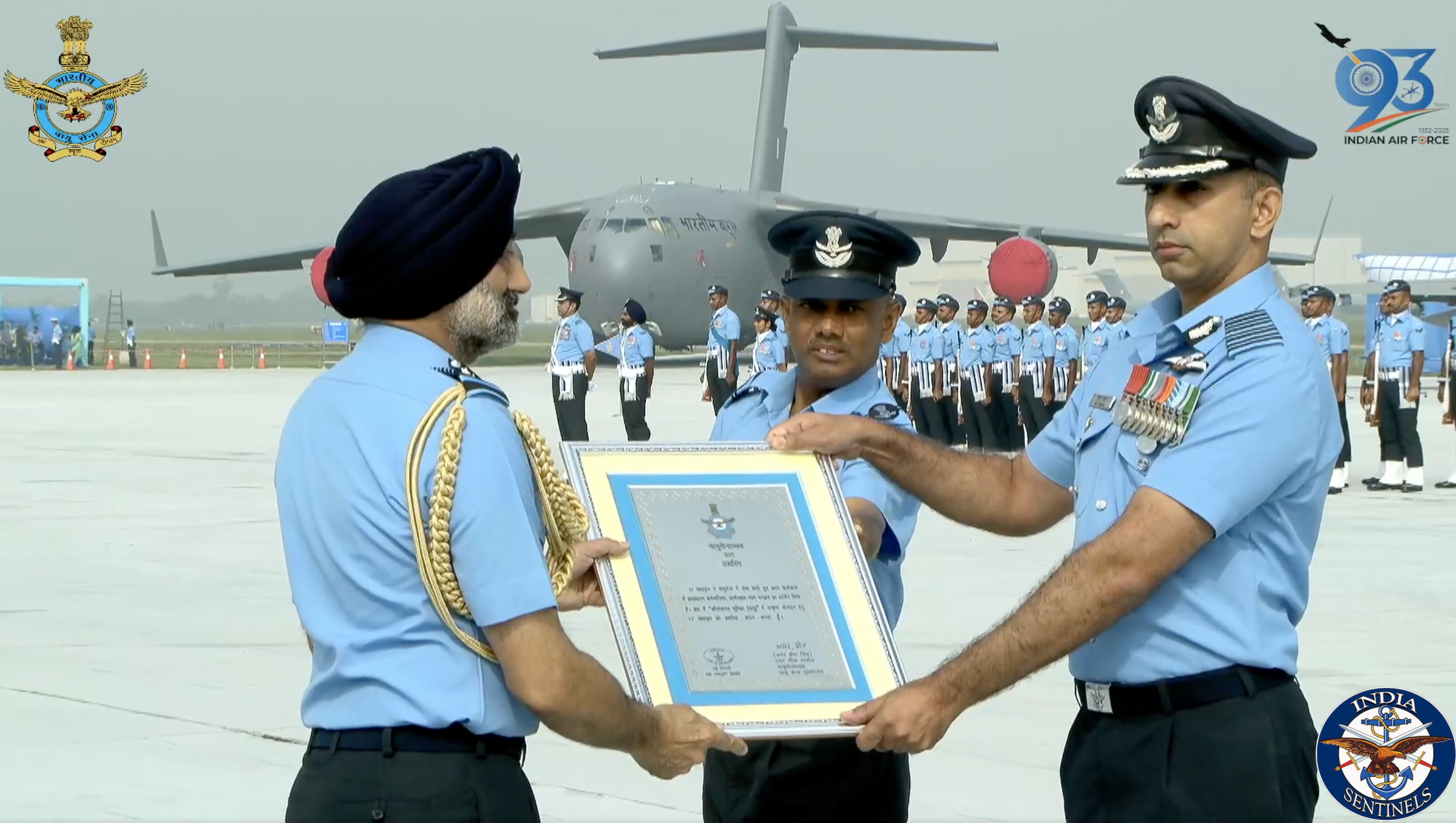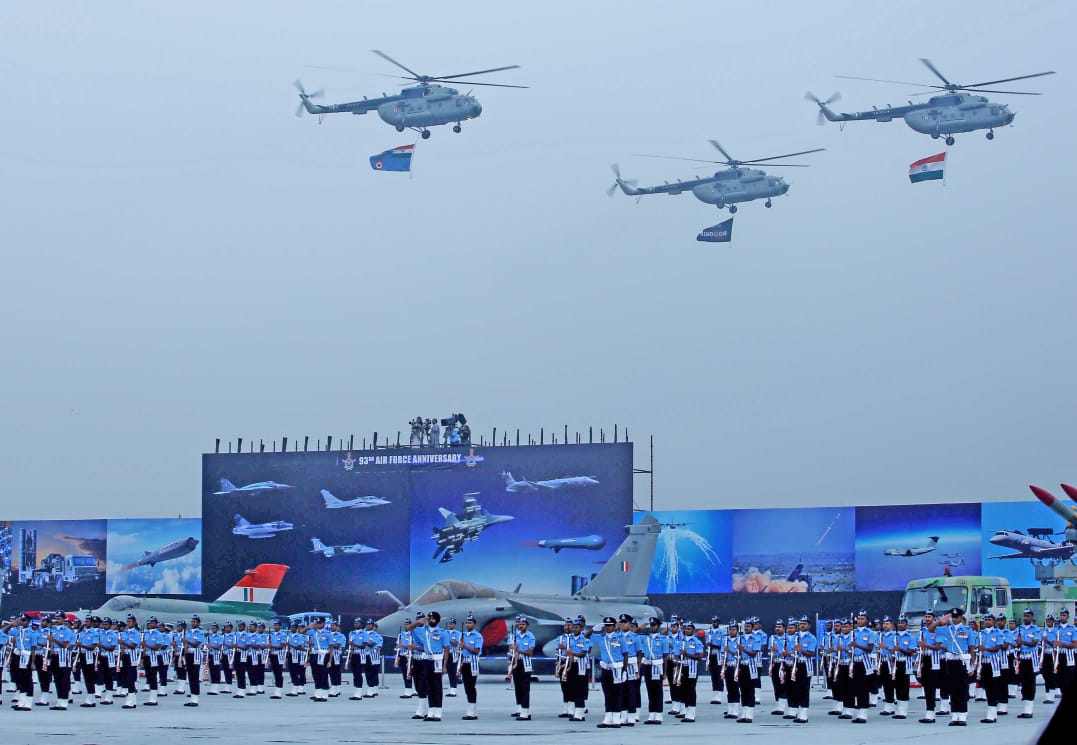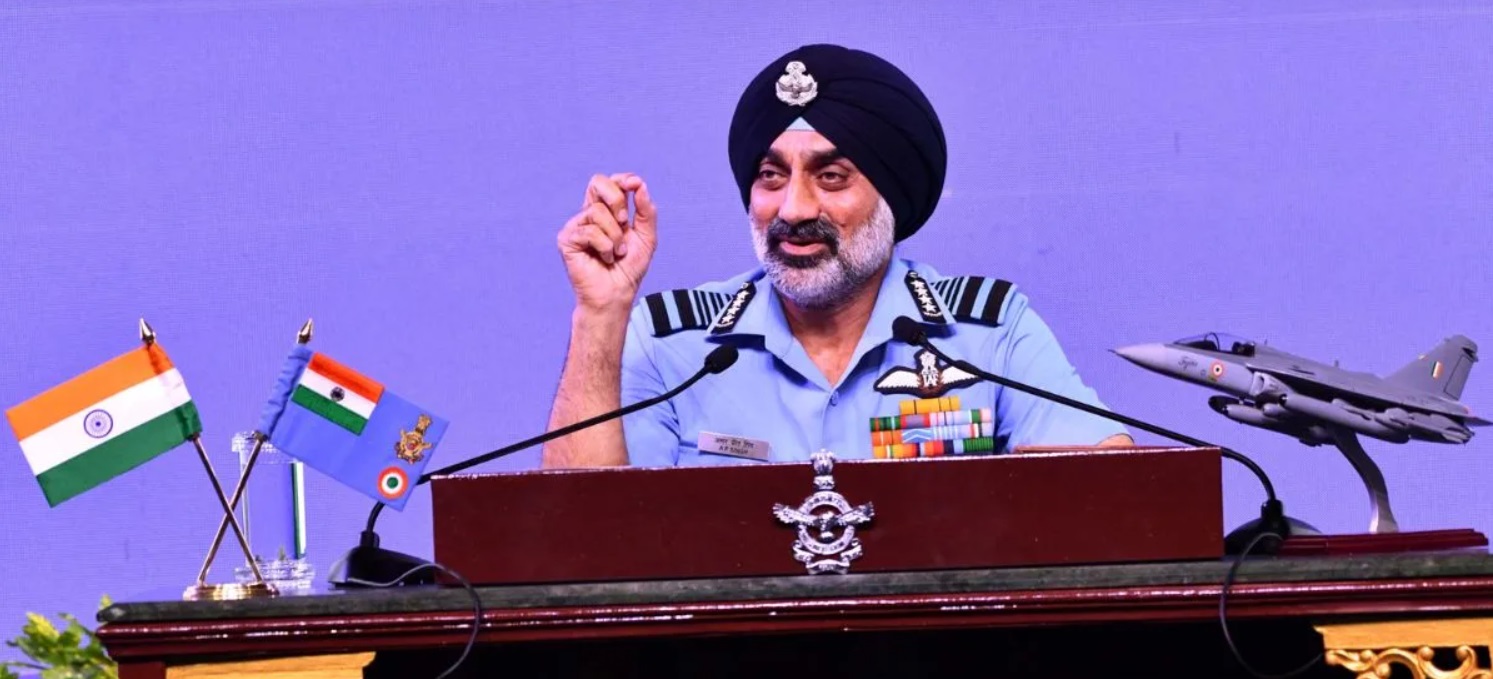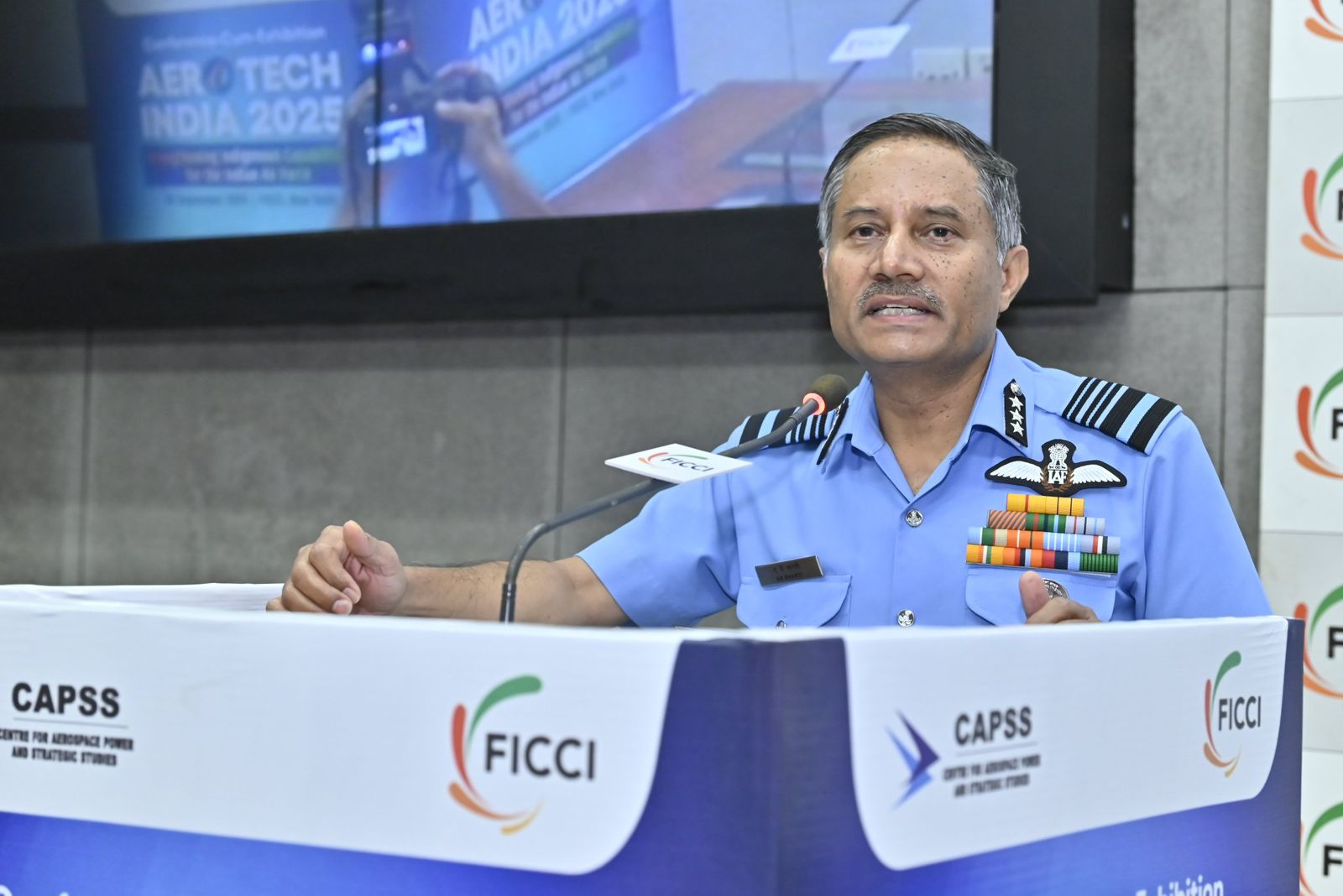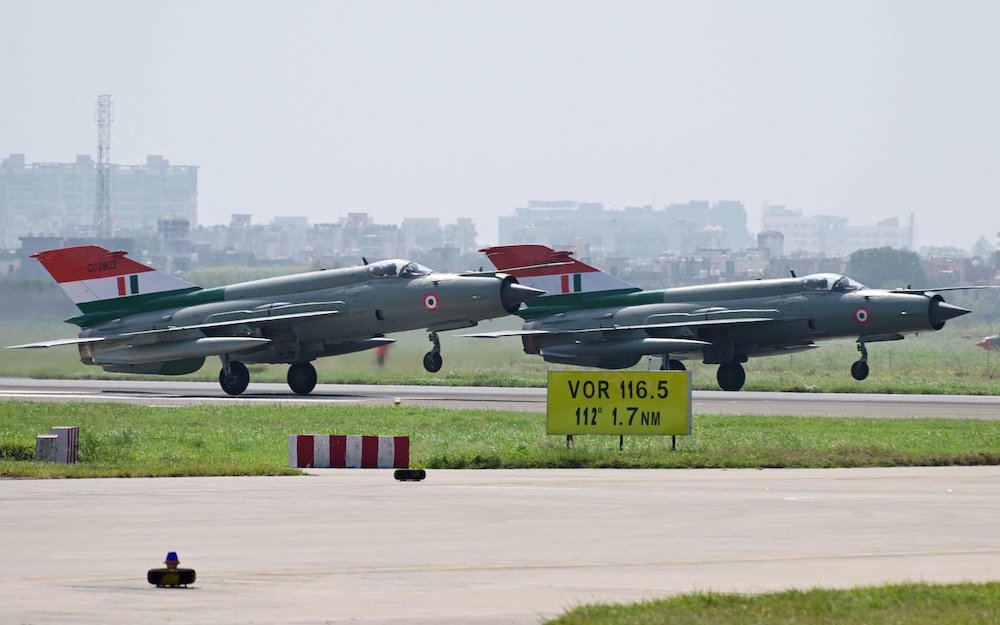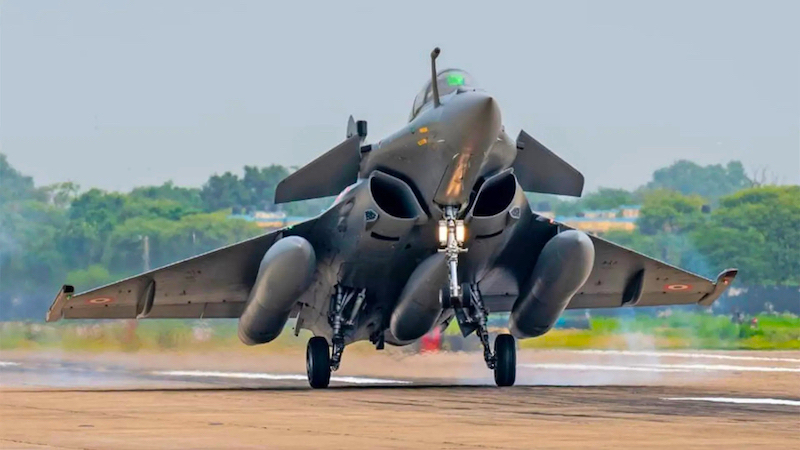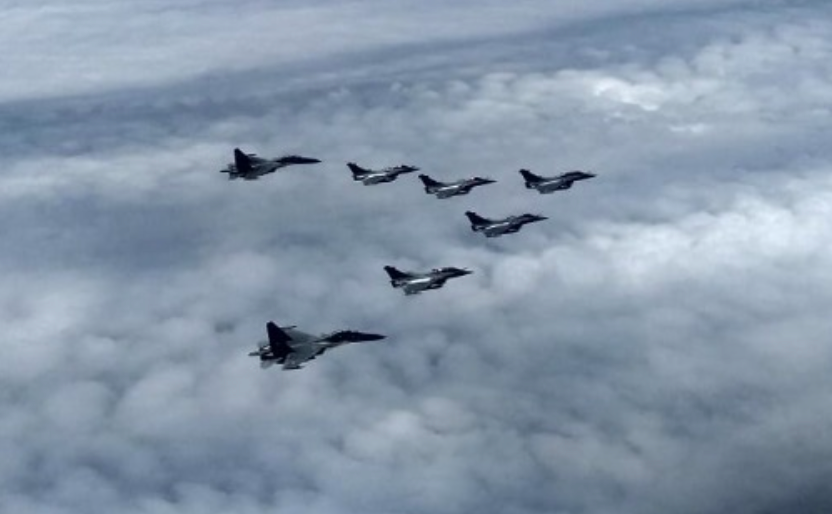 Indian Air Force Rafales and Sukhoi-30MKIs flying in a formation. (File photo)
Indian Air Force Rafales and Sukhoi-30MKIs flying in a formation. (File photo)
New Delhi: The Indian Air Force is set to start a high-intensity aerial exercise along the India-Pakistan border starting Wednesday. The drills will see the service fielding its most advanced fighter jets amid escalating tensions following the deadly terror attack in Jammu & Kashmir’s Pahalgam last month.
The two-day exercise will showcase India’s frontline combat aircraft including the French-made Rafales, Mirage 2000s, and Russian-origin Sukhoi-30MKIs in a display of aerial might and operational readiness.
According to IAF officials, the planned exercise will cover the desert sector and adjoining areas along the western border, primarily focusing on regions near the international border in Rajasthan. Talking to reporters, IAF officials said the service will carry out drills over the desert sector and adjoining areas along the India-Pakistan border from Wednesday, May 7, in which all frontline aircraft including the Rafale, Mirage 2000 and Sukhoi-30s will participate.
The government has issued a notice to airmen (NOTAM) for the large-scale air exercise, indicating the seriousness and scope of the operations. Defence sources have confirmed that the drills aim to assess the IAF’s combat preparedness, response time, and coordination capabilities under simulated hostile conditions.
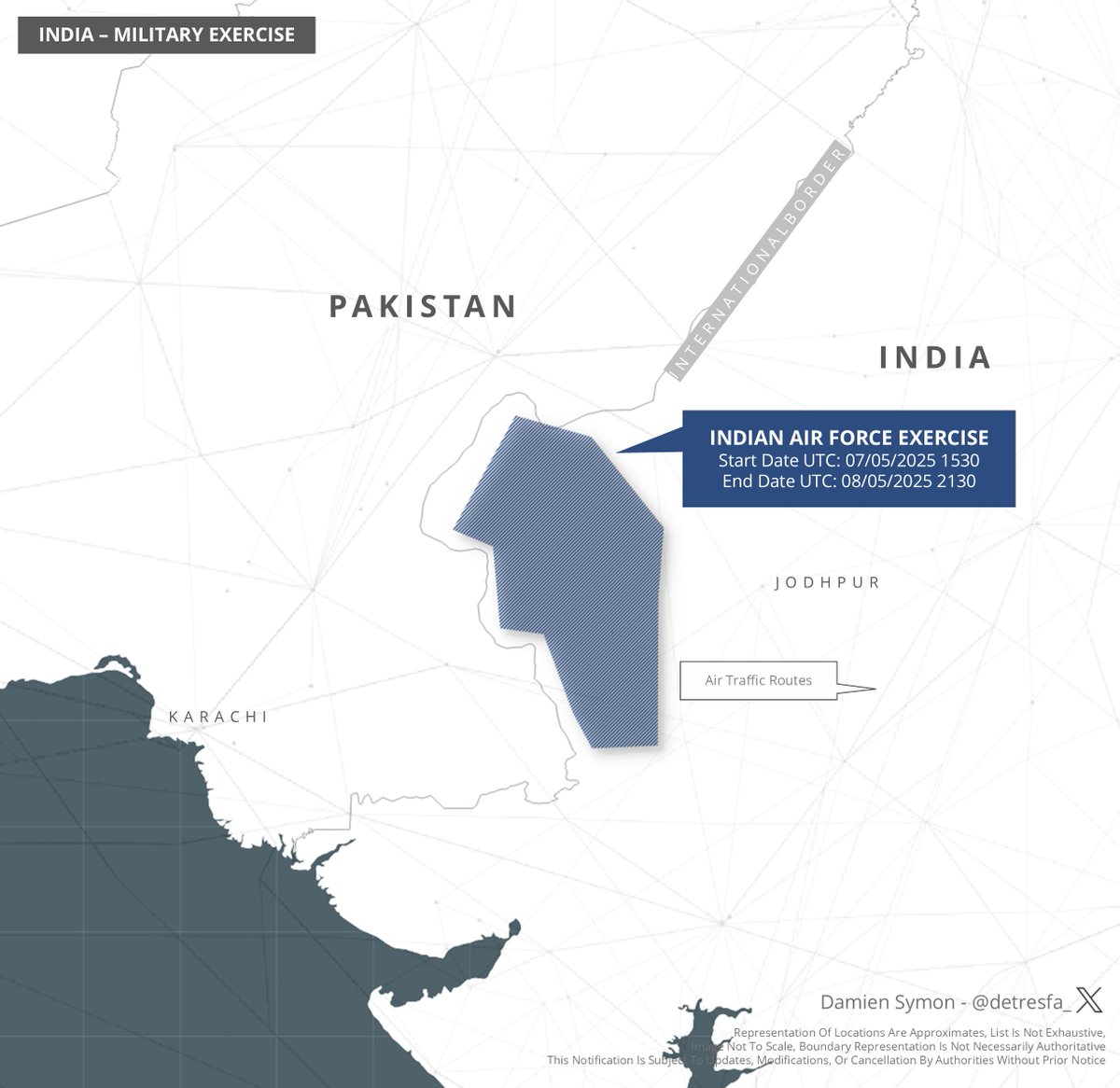 The notice to airmen or notice to air missions (Notam) India issued for May 7 and 8, 2025. (Via: X/@detresfa_)
The notice to airmen or notice to air missions (Notam) India issued for May 7 and 8, 2025. (Via: X/@detresfa_)
The comprehensive exercise will involve both daytime and nighttime flying operations, which will test the full spectrum of the country’s aerial warfare capabilities. Military analysts suggest this represents one of the most significant displays of Indian air power in recent years, particularly notable for its timing and location.
Post-Pahalgam Tensions
The military exercise comes against the backdrop of heightened tensions between India and Pakistan following the April 22 terror attack in south Kashmir’s Pahalgam. The attack, which claimed the lives of 28 civilians, most of whom were tourists, has been attributed to Pakistan-based elements by New Delhi.
In response to what officials described as “cross-border linkages” to terrorism, the government has implemented several punitive measures. These include suspending the Indus Waters Treaty of 1960, terminating trade relations with Pakistan, and cancelling most Pakistani visas.
In response, Pakistan too took tit-for-tat actions and suspended the Shimla Agreement of 1972.
The prime minister, Narendra Modi, has also granted the Indian military complete operational freedom to decide on the timing and nature of the country's response to the attack. Modi’s administration has taken a firm stance on the issue, emphasizing zero tolerance for terrorism.
Ongoing Border Tensions
The security situation has remained volatile along the line of control (LoC), with multiple instances of unprovoked small-arms fire reported from Pakistani positions across Jammu & Kashmir. Indian Army units responded to such firing from Pakistani positions on the night of May 5 and early hours of May 6 in several areas including Kupwara, Baramulla, Poonch, Rajouri, Mendhar, Naushera, Sunderbani, and Akhnoor.
Villagers residing along the India-Pakistan border in Rajasthan’s Barmer district have expressed unwavering support for the Indian armed forces and indicated their readiness to assist the Indian Army in any capacity should hostilities escalate.
Nationwide Civil Defence Preparedness
Coinciding with the aerial exercise, as India Sentinels reported earlier in the day, the Union home ministry has directed states and Union territories to conduct mock civil defence drills on Wednesday. These drills are intended to enhance national preparedness in view of “new and complex threats” emerging from the current geopolitical scenario.
The measures to be implemented include the operationalization of air-raid warning sirens and training civilians, students, and others on civil defence aspects to protect themselves in the event of a hostile attack.
“The timing of these exercises is significant and sends a clear message about India’s preparedness to respond to any security challenges,” said a senior defence analyst who requested anonymity because of the sensitive nature of the subject.
Historical Context of IAF Operations
The Western Air Command of the IAF has historically been at the forefront of India’s military operations, having participated in all major conflicts since independence. According to IAF records, the command was actively involved in operations during the Kashmir conflict of 1947-48, the India-China war of 1962, the India-Pakistan wars of 1965 and 1971, Operation Pawan in Sri Lanka in 1986, Operation Safed Sagar during the Kargil conflict in 1999, and more recently, Operation Snow Leopard in Eastern Ladakh in 2020.
During the 1971 war, which has been described as the IAF’s “finest hour,” the Western Air Command alone flew 4,509 sorties out of a total of 11,549 flown by the IAF across both fronts.
As the IAF prepares for its upcoming exercise, military observers note that such displays of air power have historically served as effective deterrents. The exercise starting Wednesday will likely demonstrate the IAF’s operational capabilities while signalling India’s resolve to protect its territorial integrity amid the current tensions with Pakistan.


